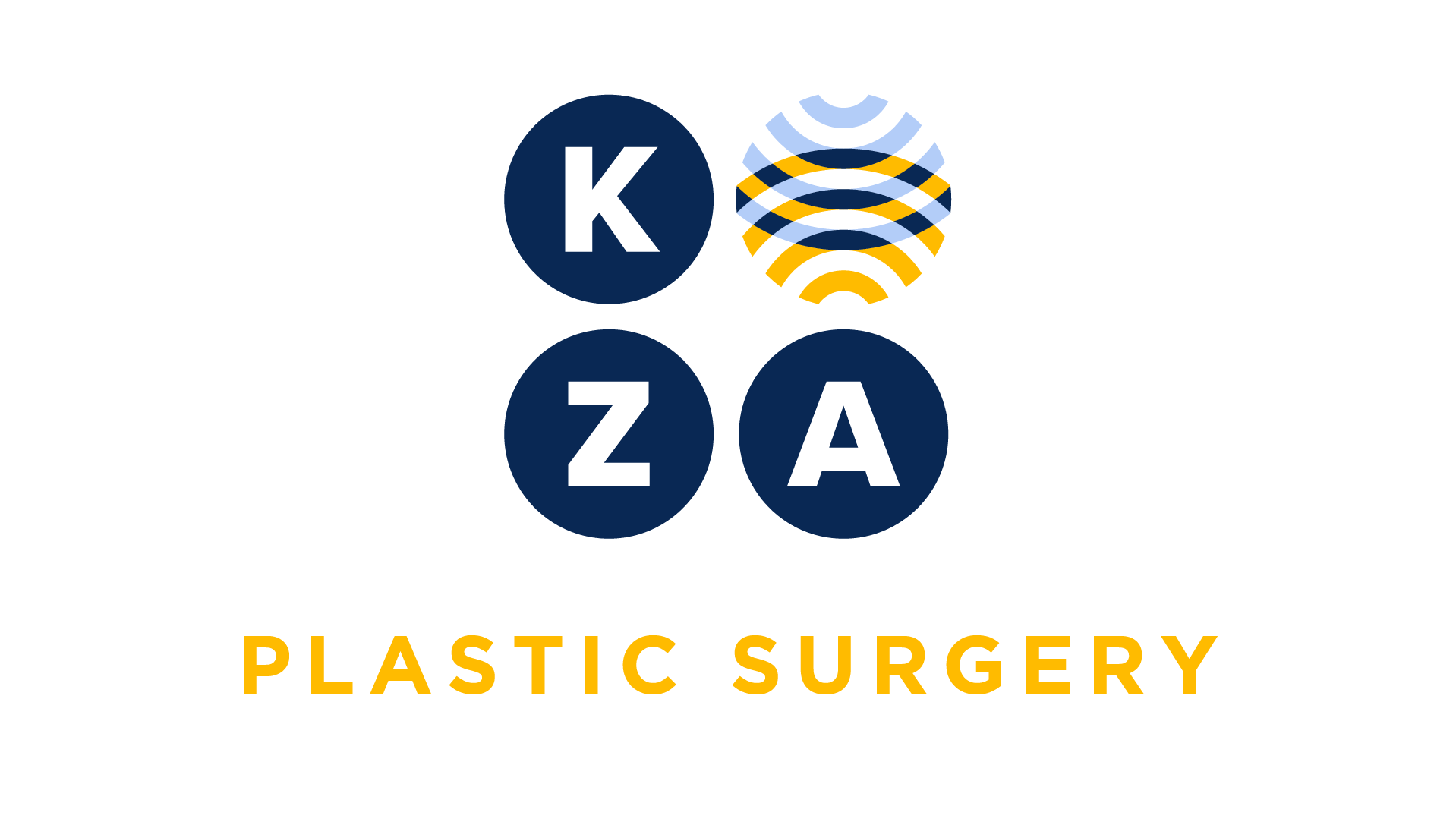
Choose your specialty from the list below to see how our experts have tackled a wide range of client questions.
Looking for something specific? Utilize our search feature by typing in a key word!
Surgical Modifiers: How Do They Impact Reimbursement?
What reimbursement should we expect when using the global period modifiers 58, 79 and 78?
Question:
What reimbursement should we expect when using the global period modifiers 58, 79 and 78?
Answer:
Surgical modifiers are used to indicate that a subsequent procedure was performed during the global period of a prior surgery. Modifiers tell the payer the rationale for allowing payment for this subsequent procedure. The modifiers and reimbursement impact of each is shown below:
Modifier 58: to indicate a second procedure was performed as a staged procedure. Reimbursement should be 100% of the allowable fee.
Modifier 79: To indicate an unrelated procedure was performed during the global period of the original procedure. Reimbursement should be 100% of the allowable fee.
Modifiers 78: To indicate that a complication of an original procedure was treated by a return to the operating room, catheterization or endoscopy suite. Reimbursement should be at 70-80% of the allowable fee. This reduction reimburses for the intra-operative portion of the procedure only, since the patients pre and post-operative services are paid under the original surgery’s flat fee.
*This response is based on the best information available as of 08/18/16.
Three Layer Closure = Complex Repair?
Is a 3-layer closure after a malignant skin lesion removal considered a complex repair code (131xx)?
Question:
Is a 3-layer closure after a malignant skin lesion removal considered a complex repair code (131xx)?
Answer:
No. Actually, CPT says a “Complex repair includes the repair of wounds requiringmore than layered closure, viz., scar revision, debridement (e.g., traumatic lacerations or avulsions), extensive undermining, stents or retention sutures.” The emphasis (bold) is added to show that a complex repair code requires more than a layered closure. The intermediate repair (12xxx) code guidelines say a “layered closure of oneor moreof the deeper layers of subcutaneous tissue and superficial (non-muscle) fascia, in addition to the skin (epidermal and dermal) closure” is performed. The emphasis (bold) is added to show that one or more (e.g., two, three) layers repaired is considered an intermediate repair after excision of a skin lesion.
*This response is based on the best information available as of 05/26/16.
Excision of “Dog Ear” at Time of Breast Reconstruction
What code should I use for excision of a “dog ear” of the reconstruction flap that was done at the same time as the second stage of breast reconstruction?
Question:
What code should I use for excision of a “dog ear” of the reconstruction flap that was done at the same time as the second stage of breast reconstruction?
Answer:
Actually, excision of the dog ears is included in the primary procedure code for your second stage procedure and should not be separately reported with a lesion removal code (e.g. 114XX) or any other code.
*This response is based on the best information available as of 03/17/16.
Split Thickness Skin Graft
The doctor did a split-thickness autograft of the leg. I can’t find the CPT code for this procedure for an adult. I see only CPT codes for infants and children. Can you tell me where…
Question:
The doctor did a split-thickness autograft of the leg. I can’t find the CPT code for this procedure for an adult. I see only CPT codes for infants and children. Can you tell me where the codes for adults are?
Answer:
There are two stand-alone codes for split thickness skin grafts:
| CPT Code | Descriptor |
| 15100 | Split-thickness autograft, trunk, arms, legs; first 100 sq cm or less, or 1% of body area of infants and children |
| 15120 | Split-thickness autograft, face, scalp, eyelids, mouth, neck, ears, orbits, genitalia, hands, feet, and/or multiple digits; first 100 sq cm or less, or 1% of body area of infants and children |
Note that the code descriptors say, “first 100 sq cm or less, or 1% of body area of infants and children.” That means the code applies to both adults and children. If an adult, you’ll use the area in square centimeters documented in the note. If an infant or child, you’ll use 1% of the body area as your guide for coding the area grafted.
*This response is based on the best information available as of 12/17/15.
Split Thickness Skin Graft
Please resolve an internal debate we’re having in our office. Are the STSG codes chosen based on the recipient or the donor site?
Question:
Please resolve an internal debate we’re having in our office. Are the STSG codes chosen based on the recipient or the donor site?
Answer:
Good Question:, and this is always confusing. CPT says: “Select the appropriate code from 15040-15261 based upon type of autograft and location and size of the defect. The measurements apply to the size of the recipient area.” So you’ll choose the code based on the recipient/defect site and the area (in square centimeters) is of that same site. The two STSG graft codes are 15100 (recipient/defect site is trunk, arms or legs) and 15120 (recipient/defect site is face, scalp, eyelids, mouth, neck, ears, orbits, genitalia, hands, feet, and/or multiple digits).
*This response is based on the best information available as of 12/03/15.
Measuring Square Centimeters
I’m confused about how to determine the square centimeters for using the Adjacent Tissue Transfer codes (14000-14302). Can you explain it in terms that I will understand?
Question:
I’m confused about how to determine the square centimeters for using the Adjacent Tissue Transfer codes (14000-14302). Can you explain it in terms that I will understand? I’m not a doctor.
Answer:
I will certainly try! The adjacent tissue transfer codes are used when there is a primary defect that results from the excision and there is a secondary defect that results from flap design to perform the reconstruction. You measure each of the two defects, calculating the area in square centimeters, separately. Then you add the two areas, in square centimeters, together to determine the code.
For example, you excise a 1 cm x 1 cm malignant lesion from the face and close it with a 1 cm x 2cm advancement flap. The primary defect resulting from the excision is 1 cm x 1 cm = 1 sq cm. The secondary defect resulting from the flap design to perform the reconstruction is 1 cm x 2 cm = 2 sq cm. The primary defect, 1 sq cm, is added to the second defect, 2 sq cm which equals 3 sq cm. The key point for surgeons is to accurate document the areas of both primary and secondary defects. Hope this helps!
*This response is based on the best information available as of 02/05/15.

